
The meaning of the secondary return air system: the air delivery temperature difference mentioned in the air conditioner is the difference between the temperature of the air you send and your indoor temperature. The purpose of air conditioning is to regulate the indoor temperature. Summer: send cold air; the lower the temperature of the air, the greater the decrease in the indoor temperature.
Simple. A return wind, the wind sent in, part is the outdoor fresh air, and the other part is the indoor return air. The two are mixed and sent into the room once, which is called a return air system.After mixing the fresh air with the return air, it is mixed with the indoor air once, which is called the secondary return air system, which replaces the heating of the air by the reheater with return air.
Secondary return air: indoor air mixed with the treated mixed air again in the preparation of concentrated air treatment. Advantages: The temperature of the air outlet of the secondary return air is about 3 to 5 degrees lower than the temperature of the conventional air outlet, and the cooling speed is faster than that of the conventional air inlet.
The main function of the fresh air system is to realize the circulation and exchange between the room air and the outdoor air, and to purify the air. Return air is the air conditioning system that purifies the wind in the local environment and then sends it back to the local environment. Return air: part of the indoor air mixed with fresh air in the centralized air treatment equipment.
Generally, 4 air outlets are arranged in one column net. The area covers basically about 15 square meters of air outlet energy pipe.
Advantages: It is convenient for the centralized and unified treatment of air (dust removal, humidification, heating, cooling, etc.); reduce the operating energy consumption of cooling or heating equipment. For example, in spring and autumn, when the external temperature is lower than the room temperature requirement, there is no need to turn on the refrigerator, and the return air can be discharged with fresh air.
How to deal with the return air failure of the central air conditioner Adjust the air flow rate: The most common problem of the return air failure of the central air conditioner is insufficient flow or the flow rate exceeding the standard. At this time, you only need to adjust the valve or air valve in the system so that the circulating air can operate normally.
1. The return air wall is used for return air, and where the return air duct of the AHU extends to return air to the air conditioner. When the clean room adopts the MAU+DC+FFU system, the DC can be set on the return wall.
2. The return air wall is mainly used in clean rooms, where the grade is relatively high, such as the interior of the thousand-level dust-free room, the demand for return air volume is relatively large, and the return air column needs to be made more. If the aesthetics is not very good, it can be directly made into a return air wall. The return air wall can make the airflow in the room evenly flow into the return air of the air conditioner box.
3. A return wind, part of the incoming air is the outdoor fresh air, and the other part is the indoor return air. The two are mixed and sent indoors, which is called a return air system.After mixing the fresh air with the return air, it is mixed with the indoor air once, which is called the secondary return air system, which replaces the heating of the air by the reheater with return air.

The two-way flow system adopts the airflow organization form of "mechanical air delivery, mechanical exhaust air". At the same time, the air inlet and exhaust outlet are set up indoors. The air inlet sends fresh and clean air, and the polluted air is discharged outdoors through the exhaust port.
The one-way flow system adopts the airflow organization form of "mechanical air delivery, natural air exhaust". Only set up an air outlet indoors, constantly sending fresh and clean air into the room, and the polluted air is discharged through the cracks of the doors and windows. The two-way flow system adopts the airflow organization form of "mechanical air delivery, mechanical exhaust".
. This is the most basic form of airflow organization. The air in the air conditioning room is sent to the room from the air inlet at the upper part of the room, and the return air outlet is located in the lower part of the room. One-sided and bilateral upper air delivery, lower wind return;The upper air delivery of the disperser and the lower side return air; the orifice plate ceiling sends air and the lower side return air.
1. What is the installation step of the fresh air system? The installation of the host is installed according to the installation design drawing of the fresh air system. First of all, the installation of the host, and the host is generally installed in Yang In the ceiling of the table, kitchen or bathroom, the installation position of the host is selected in the place with the minimum required length of the air duct to reduce the resistance of the pipe.
2. How to install the fresh wind system - The installation position of the main installation host of the fresh wind system is generally in the ceiling of the bathroom, balcony or kitchen. When installing, it should be noted that it should not be too long from the air duct, and the machine should be installed in the air duct, and its channel should also avoid bending, so as to reduce the resistance.
3. To install the fresh air system, you must first choose the location of the installation host, generally on the ceiling of the kitchen, bathroom and balcony or corridor. Then install ventilation pipes. Round pipes can be used on the top and flat pipes can be used on the ground, and round pipes are more effective than flat pipes.
4. Briefly introduce the installation guide of the new wind system to you. The noise of a new household fan (full heat exchanger) with low noise is generally 30-40 decibels. Among the high, medium and low three gears, high-speed noise is the largest and low-speed noise is the smallest. ( The noise of the silent fan) is generally 20-30 decibels. It is divided into high and low gears, and the high-speed noise is slightly greater than the low-speed noise.
5. The installation of the fresh air system needs to drill holes on the beam for air delivery and exhaust. If ground air delivery is used, it needs toInstall flat ventilation pipes under the floor, which need to be installed before the decoration is completed, but this does not mean that the fresh air system cannot be installed at all after the house is decorated.
6. Installation steps of the indoor fresh air system Installation of the host: use a screw to hoist the host to the specified position, which is required to be straight, flat and stable. Install according to the installation design of the new wind system. The host is generally installed in the ceiling of the balcony, kitchen or bathroom, and is generally selected in the place with the shortest required length of the air duct to reduce the pipe resistance.
1. The secondary return air system refers to the recovery of part of the air sent out through the exhaust pipe, and then reprocessed into the room.Through the secondary return air system, the dependence on outdoor fresh air can be reduced and energy consumption can be reduced.
2. After absorbing the excess heat and moisture in the room, the return air pipe sends a local air back to the air disposer, thus completing an air circulation. In this system, there is only one return air, so it is called a return air system.
3. The return air and fresh air of the first return air system are mixed in front of the hot and humid treatment equipment. The fresh air and return air of the second return air system are mixed with the return air again after hot and humid treatment. The second return wind system uses HSBC to save part of the reheating energy.
4. The central air conditioning system is generally divided into primary return air system and secondary return air system. The so-called return wind is the wind sent in, part of which is the outdoor fresh wind, and the other part is the indoor return wind. The two are mixed and sent indoors, which is called a return air system.After mixing the fresh air with the return air, it is mixed with the indoor air, which is called the secondary return air system.
Russia HS code-based trade compliance-APP, download it now, new users will receive a novice gift pack.
The meaning of the secondary return air system: the air delivery temperature difference mentioned in the air conditioner is the difference between the temperature of the air you send and your indoor temperature. The purpose of air conditioning is to regulate the indoor temperature. Summer: send cold air; the lower the temperature of the air, the greater the decrease in the indoor temperature.
Simple. A return wind, the wind sent in, part is the outdoor fresh air, and the other part is the indoor return air. The two are mixed and sent into the room once, which is called a return air system.After mixing the fresh air with the return air, it is mixed with the indoor air once, which is called the secondary return air system, which replaces the heating of the air by the reheater with return air.
Secondary return air: indoor air mixed with the treated mixed air again in the preparation of concentrated air treatment. Advantages: The temperature of the air outlet of the secondary return air is about 3 to 5 degrees lower than the temperature of the conventional air outlet, and the cooling speed is faster than that of the conventional air inlet.
The main function of the fresh air system is to realize the circulation and exchange between the room air and the outdoor air, and to purify the air. Return air is the air conditioning system that purifies the wind in the local environment and then sends it back to the local environment. Return air: part of the indoor air mixed with fresh air in the centralized air treatment equipment.
Generally, 4 air outlets are arranged in one column net. The area covers basically about 15 square meters of air outlet energy pipe.
Advantages: It is convenient for the centralized and unified treatment of air (dust removal, humidification, heating, cooling, etc.); reduce the operating energy consumption of cooling or heating equipment. For example, in spring and autumn, when the external temperature is lower than the room temperature requirement, there is no need to turn on the refrigerator, and the return air can be discharged with fresh air.
How to deal with the return air failure of the central air conditioner Adjust the air flow rate: The most common problem of the return air failure of the central air conditioner is insufficient flow or the flow rate exceeding the standard. At this time, you only need to adjust the valve or air valve in the system so that the circulating air can operate normally.
1. The return air wall is used for return air, and where the return air duct of the AHU extends to return air to the air conditioner. When the clean room adopts the MAU+DC+FFU system, the DC can be set on the return wall.
2. The return air wall is mainly used in clean rooms, where the grade is relatively high, such as the interior of the thousand-level dust-free room, the demand for return air volume is relatively large, and the return air column needs to be made more. If the aesthetics is not very good, it can be directly made into a return air wall. The return air wall can make the airflow in the room evenly flow into the return air of the air conditioner box.
3. A return wind, part of the incoming air is the outdoor fresh air, and the other part is the indoor return air. The two are mixed and sent indoors, which is called a return air system.After mixing the fresh air with the return air, it is mixed with the indoor air once, which is called the secondary return air system, which replaces the heating of the air by the reheater with return air.

The two-way flow system adopts the airflow organization form of "mechanical air delivery, mechanical exhaust air". At the same time, the air inlet and exhaust outlet are set up indoors. The air inlet sends fresh and clean air, and the polluted air is discharged outdoors through the exhaust port.
The one-way flow system adopts the airflow organization form of "mechanical air delivery, natural air exhaust". Only set up an air outlet indoors, constantly sending fresh and clean air into the room, and the polluted air is discharged through the cracks of the doors and windows. The two-way flow system adopts the airflow organization form of "mechanical air delivery, mechanical exhaust".
. This is the most basic form of airflow organization. The air in the air conditioning room is sent to the room from the air inlet at the upper part of the room, and the return air outlet is located in the lower part of the room. One-sided and bilateral upper air delivery, lower wind return;The upper air delivery of the disperser and the lower side return air; the orifice plate ceiling sends air and the lower side return air.
1. What is the installation step of the fresh air system? The installation of the host is installed according to the installation design drawing of the fresh air system. First of all, the installation of the host, and the host is generally installed in Yang In the ceiling of the table, kitchen or bathroom, the installation position of the host is selected in the place with the minimum required length of the air duct to reduce the resistance of the pipe.
2. How to install the fresh wind system - The installation position of the main installation host of the fresh wind system is generally in the ceiling of the bathroom, balcony or kitchen. When installing, it should be noted that it should not be too long from the air duct, and the machine should be installed in the air duct, and its channel should also avoid bending, so as to reduce the resistance.
3. To install the fresh air system, you must first choose the location of the installation host, generally on the ceiling of the kitchen, bathroom and balcony or corridor. Then install ventilation pipes. Round pipes can be used on the top and flat pipes can be used on the ground, and round pipes are more effective than flat pipes.
4. Briefly introduce the installation guide of the new wind system to you. The noise of a new household fan (full heat exchanger) with low noise is generally 30-40 decibels. Among the high, medium and low three gears, high-speed noise is the largest and low-speed noise is the smallest. ( The noise of the silent fan) is generally 20-30 decibels. It is divided into high and low gears, and the high-speed noise is slightly greater than the low-speed noise.
5. The installation of the fresh air system needs to drill holes on the beam for air delivery and exhaust. If ground air delivery is used, it needs toInstall flat ventilation pipes under the floor, which need to be installed before the decoration is completed, but this does not mean that the fresh air system cannot be installed at all after the house is decorated.
6. Installation steps of the indoor fresh air system Installation of the host: use a screw to hoist the host to the specified position, which is required to be straight, flat and stable. Install according to the installation design of the new wind system. The host is generally installed in the ceiling of the balcony, kitchen or bathroom, and is generally selected in the place with the shortest required length of the air duct to reduce the pipe resistance.
1. The secondary return air system refers to the recovery of part of the air sent out through the exhaust pipe, and then reprocessed into the room.Through the secondary return air system, the dependence on outdoor fresh air can be reduced and energy consumption can be reduced.
2. After absorbing the excess heat and moisture in the room, the return air pipe sends a local air back to the air disposer, thus completing an air circulation. In this system, there is only one return air, so it is called a return air system.
3. The return air and fresh air of the first return air system are mixed in front of the hot and humid treatment equipment. The fresh air and return air of the second return air system are mixed with the return air again after hot and humid treatment. The second return wind system uses HSBC to save part of the reheating energy.
4. The central air conditioning system is generally divided into primary return air system and secondary return air system. The so-called return wind is the wind sent in, part of which is the outdoor fresh wind, and the other part is the indoor return wind. The two are mixed and sent indoors, which is called a return air system.After mixing the fresh air with the return air, it is mixed with the indoor air, which is called the secondary return air system.
How to analyze competitor shipping routes
author: 2024-12-24 02:36Industrial adhesives HS code mapping
author: 2024-12-24 02:33Industry-focused market entry reports
author: 2024-12-24 01:52Global cross-border payment tracking
author: 2024-12-24 01:24Supplier compliance audit automation
author: 2024-12-24 01:22Surgical instruments HS code classification
author: 2024-12-24 02:48Machine tools HS code classification
author: 2024-12-24 01:39Pre-export HS code verification steps
author: 2024-12-24 00:59Rare earth minerals HS code classification
author: 2024-12-24 00:55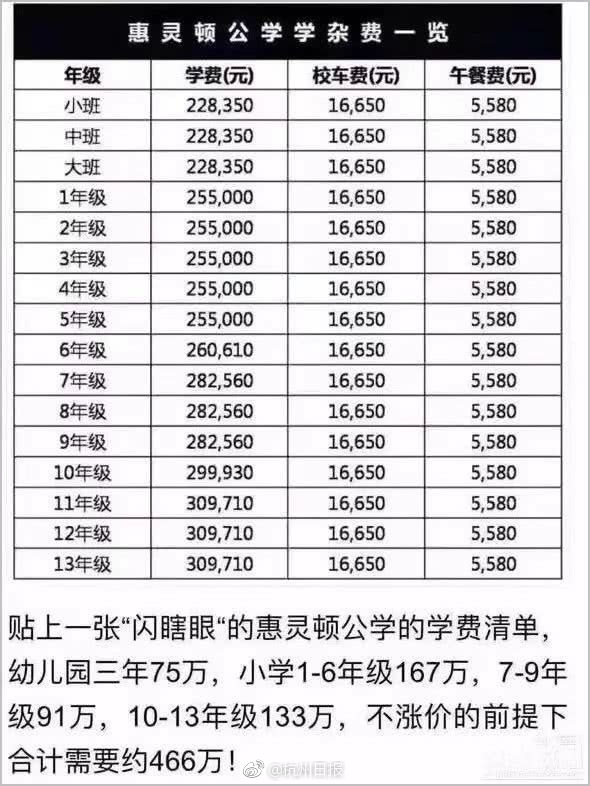 Automated import export risk alerts
Automated import export risk alerts
947.15MB
Check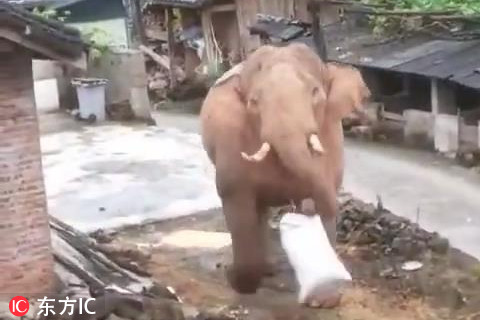 How to use trade data in negotiations
How to use trade data in negotiations
726.67MB
Check HS code integration into supplier scorecards
HS code integration into supplier scorecards
188.24MB
Check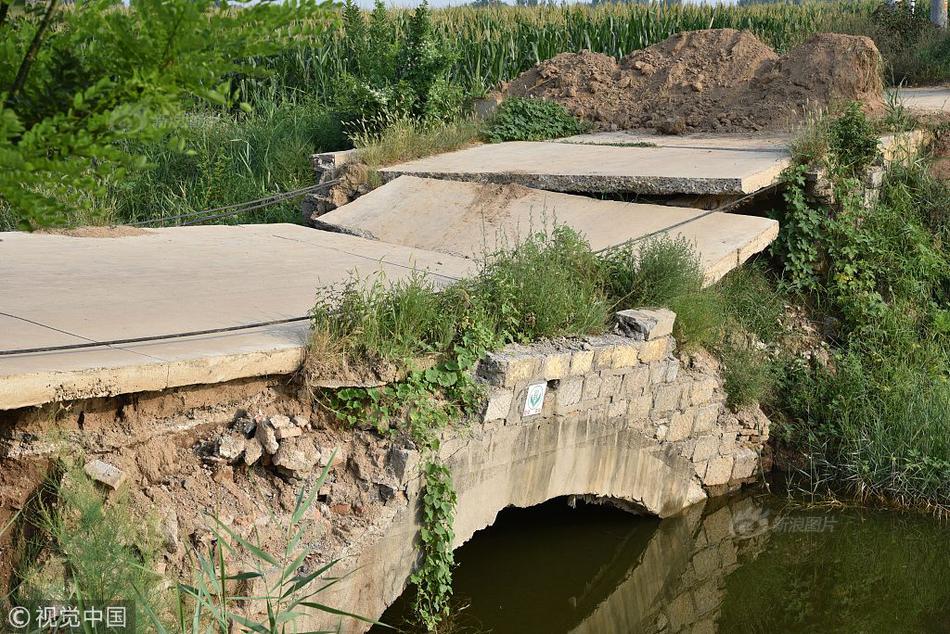 Global trade data interoperability
Global trade data interoperability
995.23MB
Check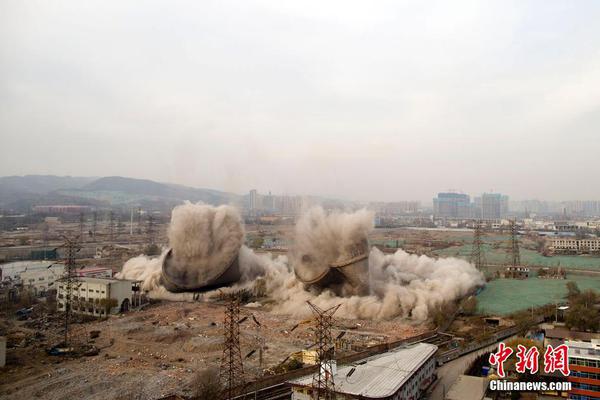 Customs broker performance analysis
Customs broker performance analysis
572.18MB
Check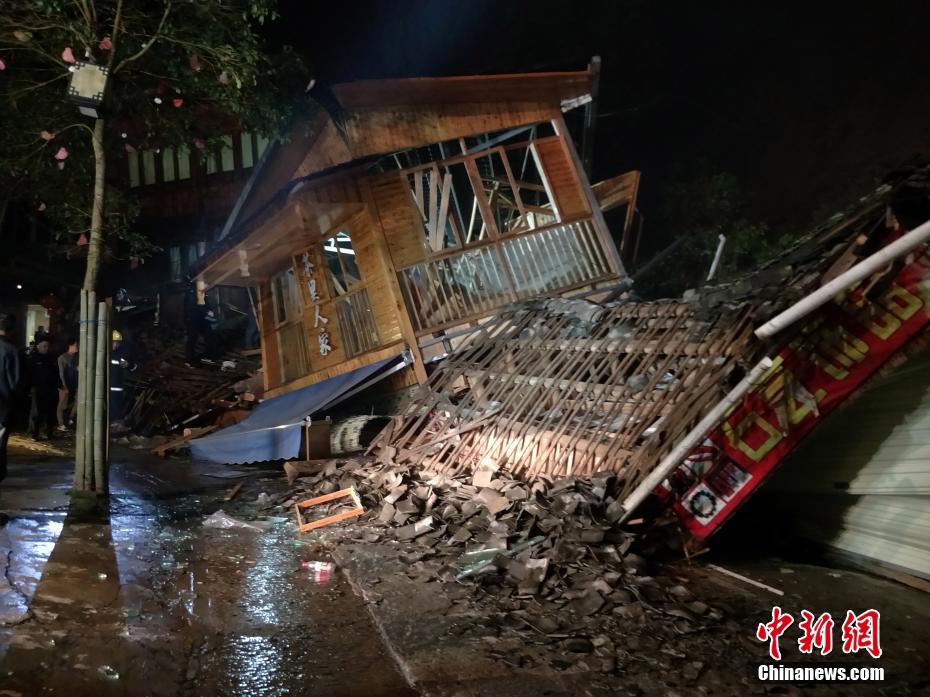 global trade management
global trade management
174.46MB
Check In-depth competitor trade route analysis
In-depth competitor trade route analysis
932.71MB
Check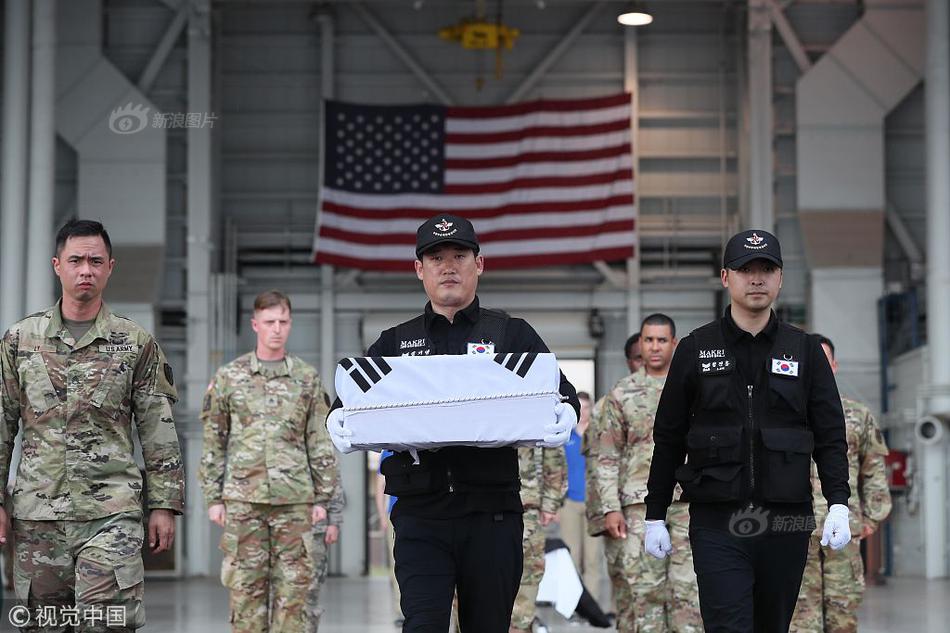 APAC HS code tariff reductions
APAC HS code tariff reductions
243.81MB
Check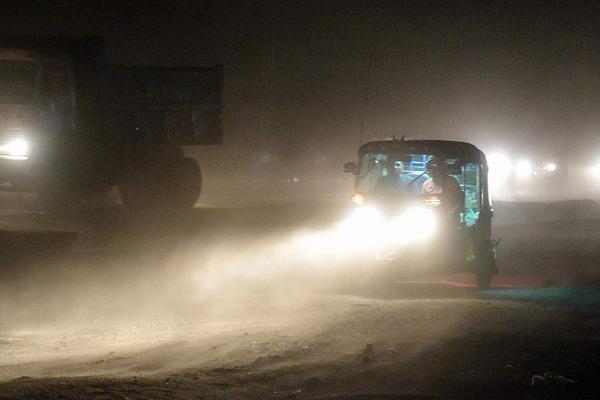 Trade data for non-profit organizations
Trade data for non-profit organizations
468.52MB
Check Trade data for energy sector
Trade data for energy sector
157.44MB
Check Jewelry trade HS code references
Jewelry trade HS code references
267.53MB
Check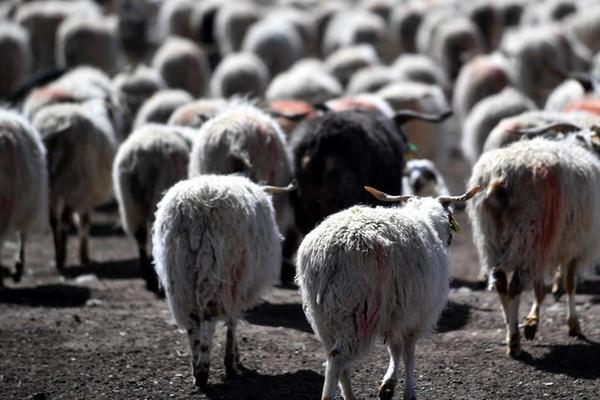 Industry-level trade feasibility studies
Industry-level trade feasibility studies
432.93MB
Check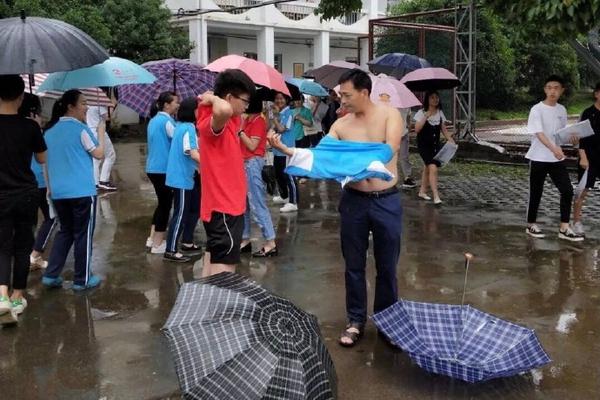 trade data solutions
trade data solutions
993.18MB
Check Trade data for public policy design
Trade data for public policy design
337.59MB
Check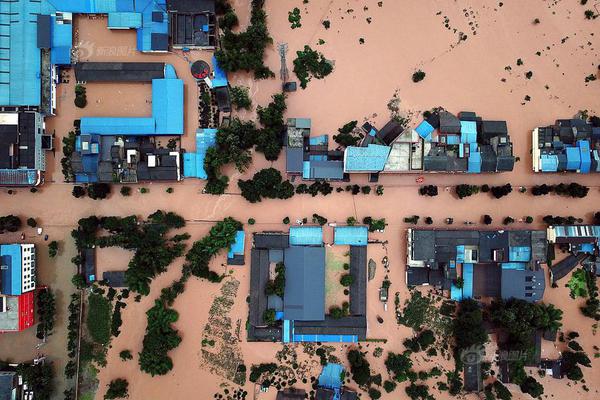 Real-time cargo tracking solutions
Real-time cargo tracking solutions
776.52MB
Check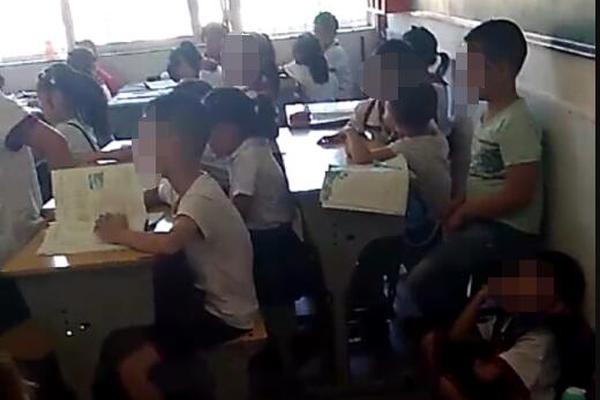 Steel industry HS code references
Steel industry HS code references
187.99MB
Check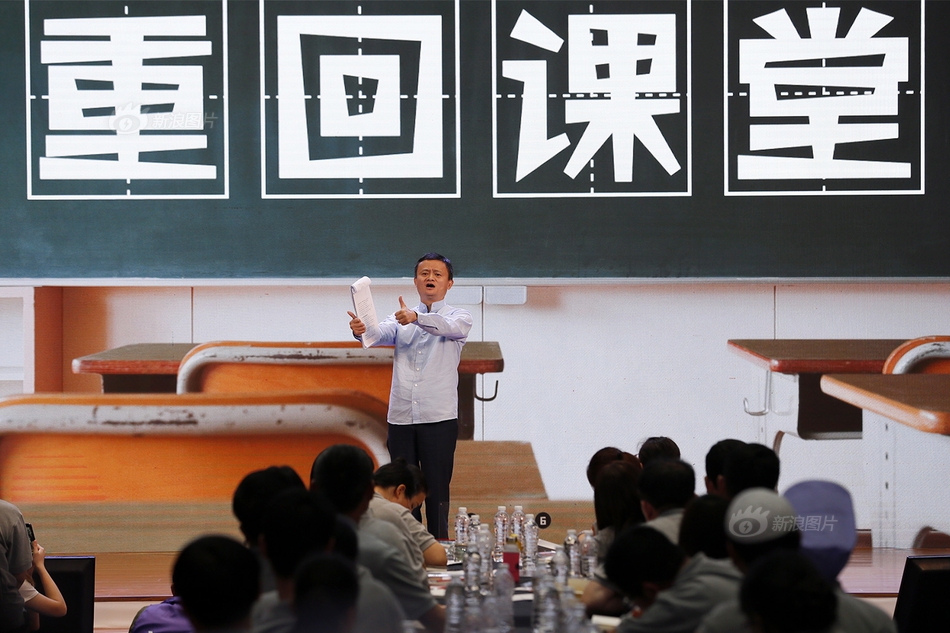 Logistics optimization by HS code
Logistics optimization by HS code
178.26MB
Check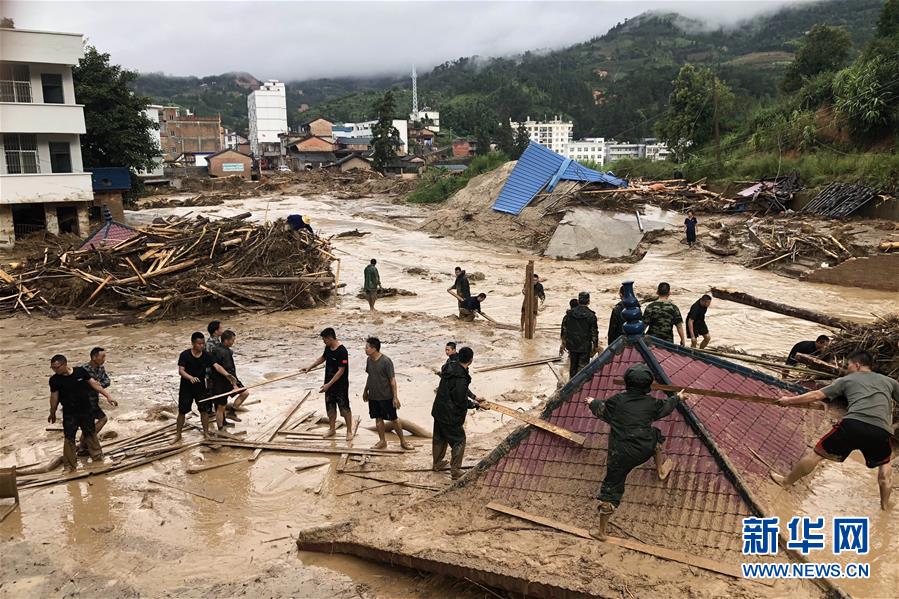 Data-driven supply chain partnerships
Data-driven supply chain partnerships
651.55MB
Check Brazil import export database
Brazil import export database
567.13MB
Check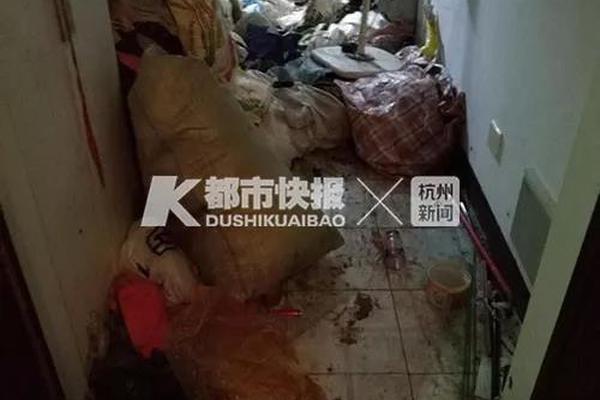 Trade data-driven transport mode selection
Trade data-driven transport mode selection
227.75MB
Check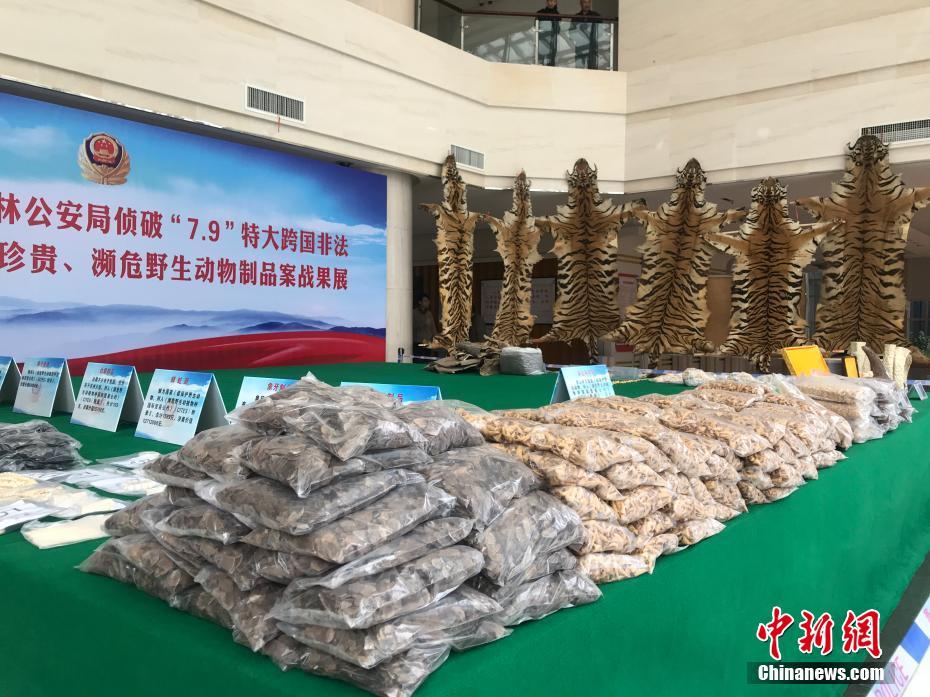 How to interpret trade statistics
How to interpret trade statistics
187.79MB
Check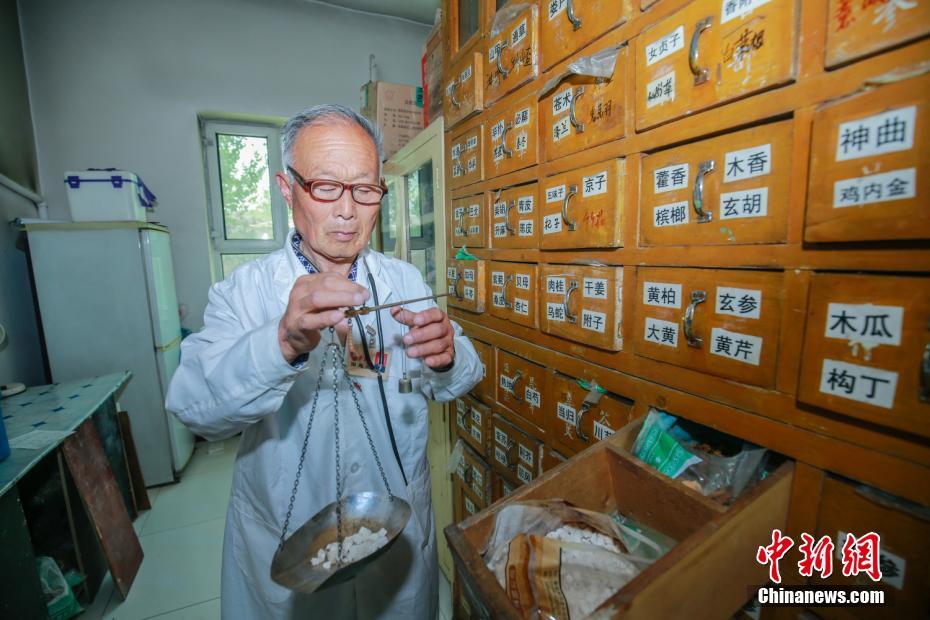 Wine and spirits HS code verification
Wine and spirits HS code verification
411.32MB
Check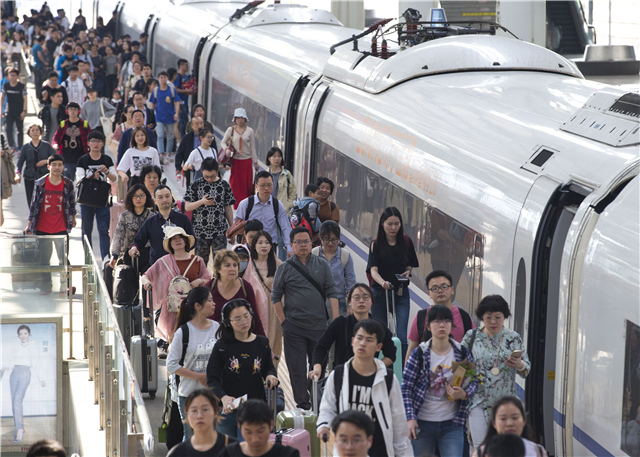 HS code strategy for African trade lanes
HS code strategy for African trade lanes
765.12MB
Check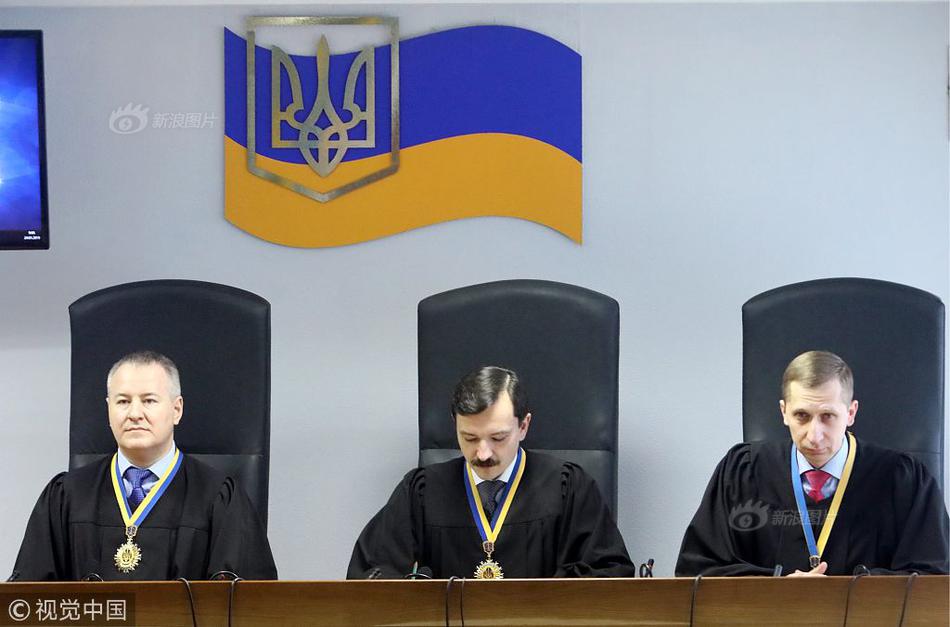 Global trade compliance dashboards
Global trade compliance dashboards
176.92MB
Check Processed nuts HS code references
Processed nuts HS code references
249.36MB
Check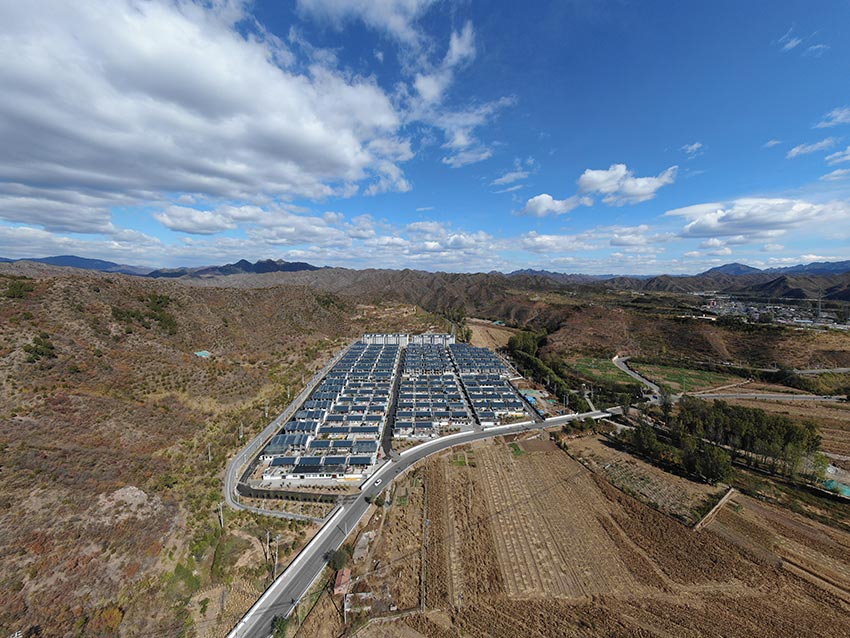 Livestock products HS code classification
Livestock products HS code classification
378.15MB
Check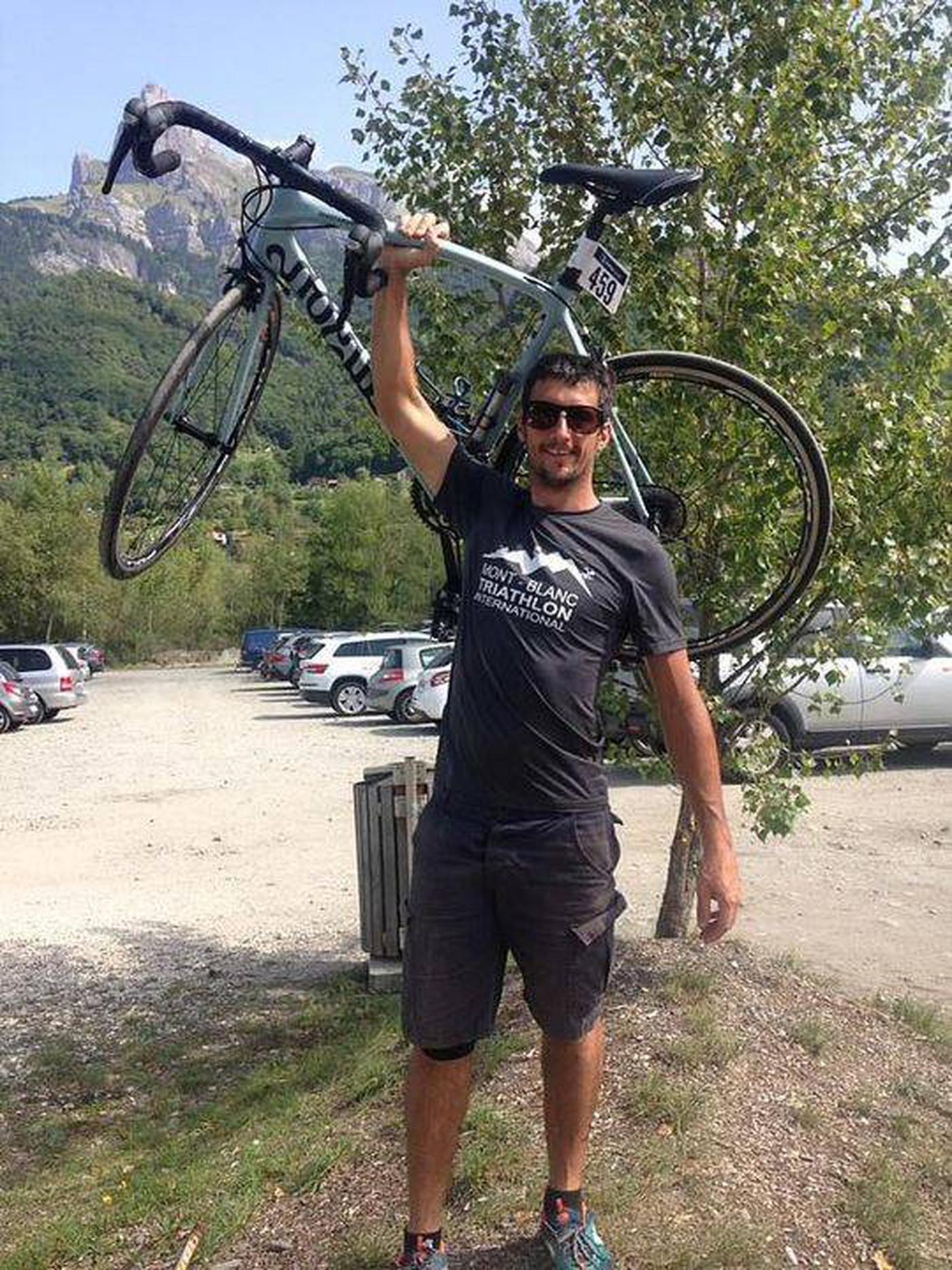 Dynamic trade data cleansing
Dynamic trade data cleansing
953.95MB
Check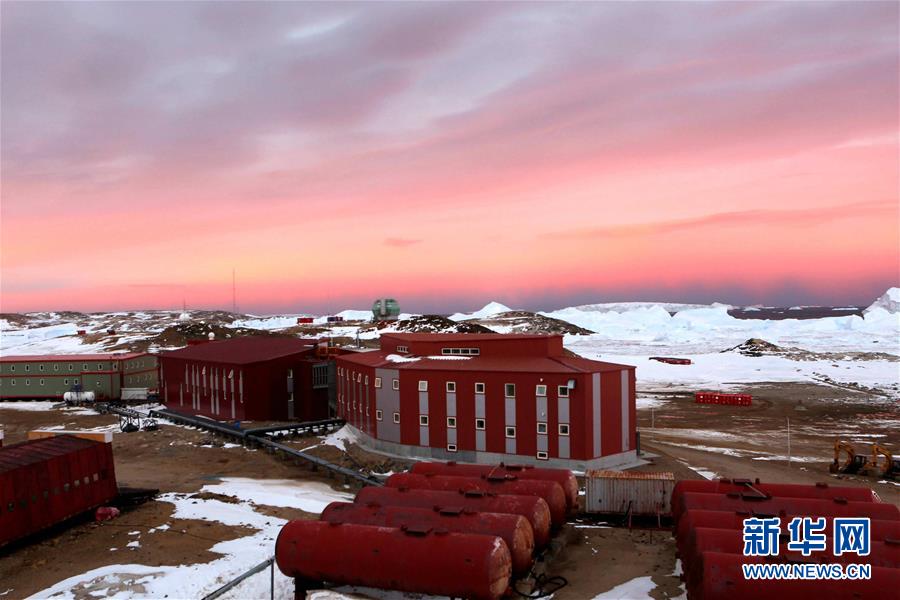 Global product lifecycle by HS code
Global product lifecycle by HS code
922.74MB
Check API integration with HS code databases
API integration with HS code databases
715.25MB
Check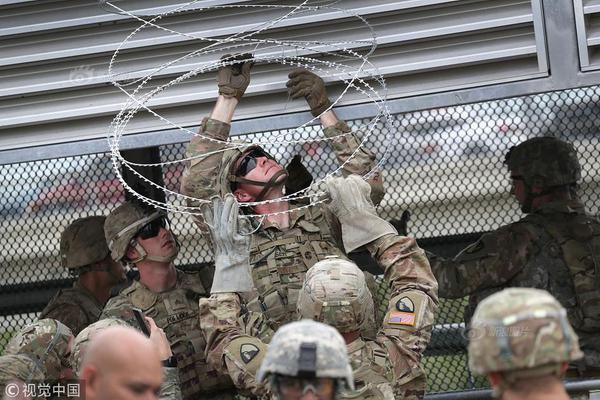 How to reduce lead times with trade data
How to reduce lead times with trade data
557.41MB
Check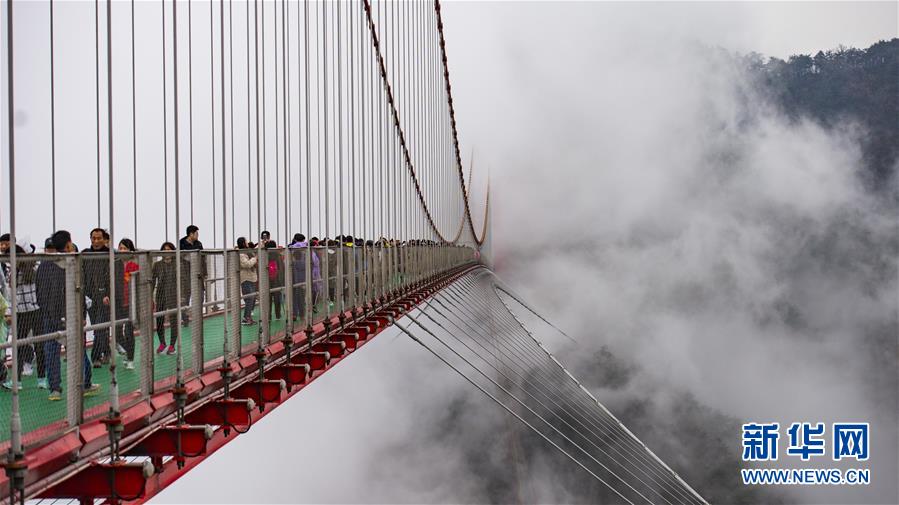 Global trade intelligence for banking
Global trade intelligence for banking
716.72MB
Check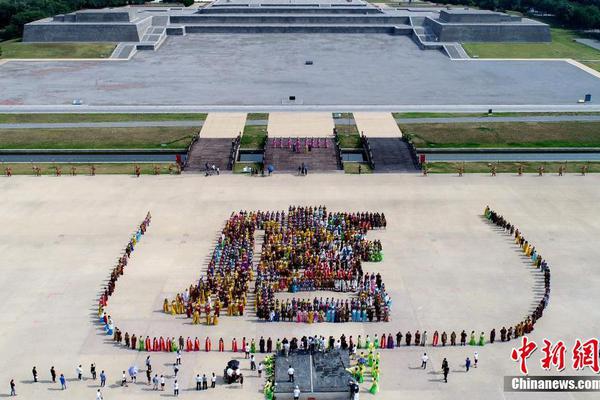 Pharma finished goods HS code references
Pharma finished goods HS code references
328.67MB
Check HS code-driven trade finance optimization
HS code-driven trade finance optimization
213.54MB
Check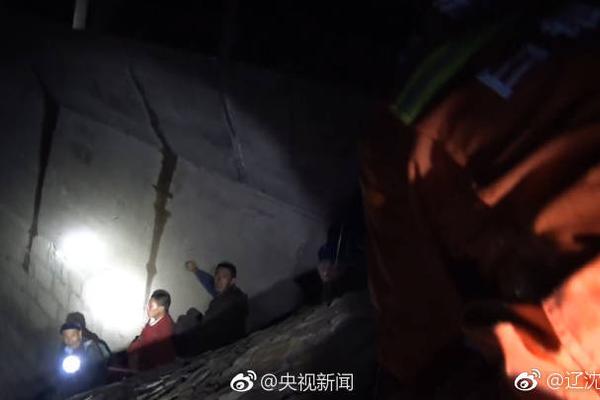 Export packaging standards by HS code
Export packaging standards by HS code
229.24MB
Check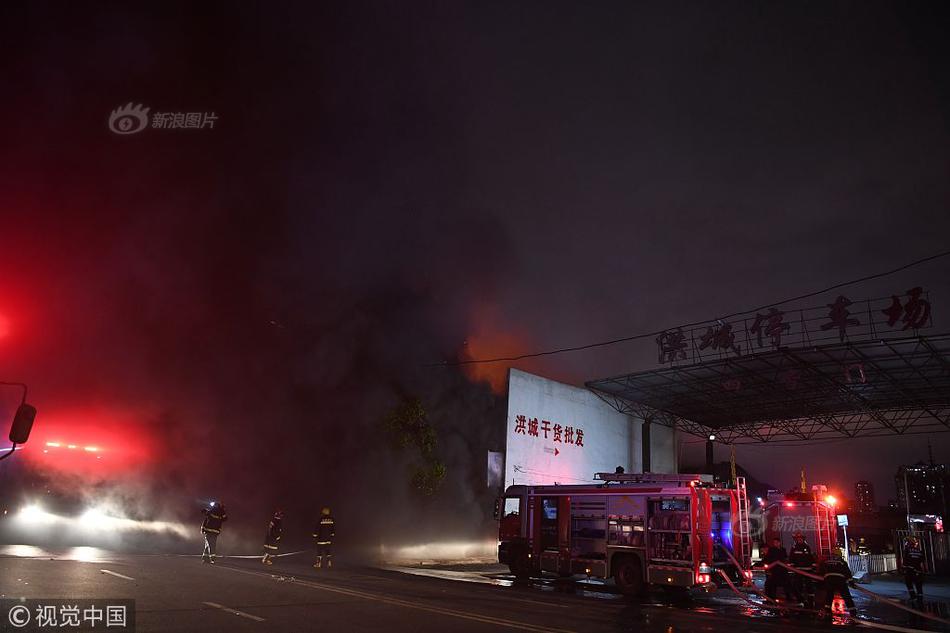 How to find niche import markets
How to find niche import markets
142.48MB
Check Real-time freight schedule optimization
Real-time freight schedule optimization
831.25MB
Check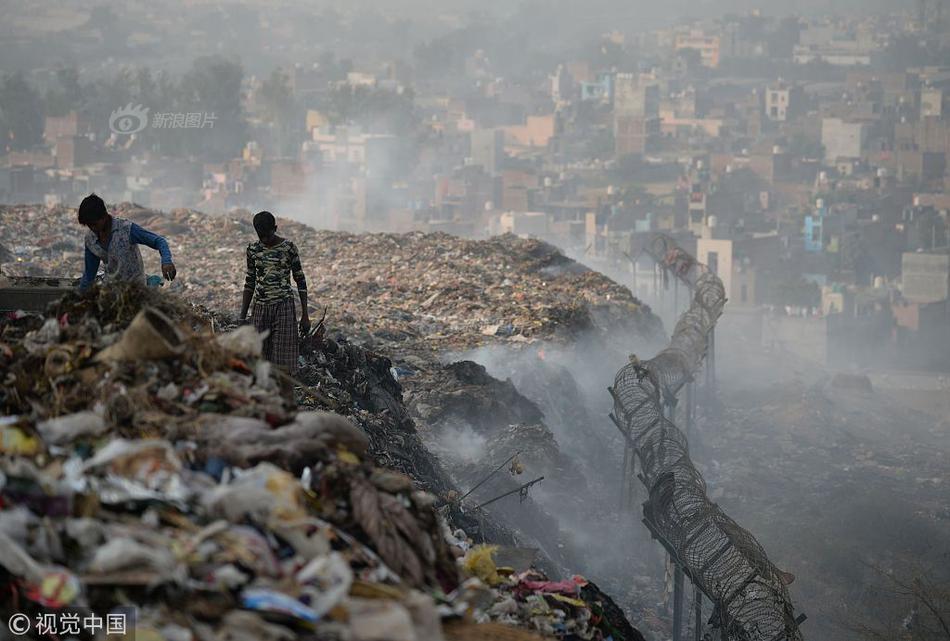
Scan to install
Russia HS code-based trade compliance to discover more
Netizen comments More
1511 International trade knowledge base
2024-12-24 02:41 recommend
2643 HS code-based quota management
2024-12-24 01:46 recommend
2780 How to leverage global trade intelligence
2024-12-24 01:13 recommend
2673 How to leverage global trade intelligence
2024-12-24 01:04 recommend
1283 HS code-based transport cost modeling
2024-12-24 00:12 recommend